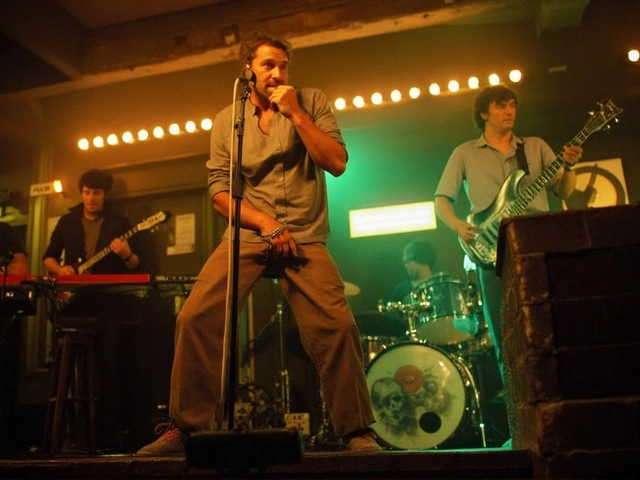Crimes of the Future: Cronenberg's Sci-Fi Noir Explores Body Horror and Human Evolution
Returning to Body Horror Roots
When you hear David Cronenberg, your mind probably jumps right to words like disturbing, unflinching, and visionary. With Crimes of the Future, Cronenberg isn't just dipping his toes back into the pool of body horror—he's diving in headfirst. Set in a dystopian future where bodies are evolving in bizarre ways and pain is a thing of the past, this film wastes no time shocking audiences. The opening sequence alone, featuring a child who can safely consume plastic before meeting a violent end at the hands of his own mother, makes it clear: this is Cronenberg, unfiltered.
The world he paints is both chilling and strangely seductive. Imagine a society where traditional sensation is obsolete, so people start slicing, harvesting, and swapping organs as a form of art and self-expression. It’s not just for shock value—there’s method behind the madness. This new breed of art is both captivating and grotesque, pushing past the lines of good taste and ethical boundaries. The subject matter is heavy, but it’s anchored by strong performances, especially from Viggo Mortensen as Saul Tenser and Léa Seydoux as Caprice. Their art consists of live surgical performances, turning organ removal into something intimate and deeply personal yet bizarrely public.

A World of Biomechanical Aesthetics and Ethical Quandaries
Cronenberg’s longtime collaborator, Carol Spier, absolutely nails the production design. The movie is packed with eerie contraptions, like the hovering bed that seems more alive than the people lying in it. If you’ve seen Cronenberg’s older films like eXistenZ or Videodrome, you’ll spot the aesthetic fingerprints—everything has that unsettling, fleshy-mechanical vibe that blurs the line between man and machine. This design doesn’t just look cool; it serves as a constant reminder of how deeply technology is fused with the human form in this universe.
The film doesn’t shy away from big, prickly questions. What happens to humanity when pain is no longer a limit? Is there an end point to our pursuit of new sensations, or does it just keep getting stranger? Crimes of the Future uses body art as a filter to probe at the murky ethics of human modification, art, and even consumer culture.
The performances do a lot of the heavy lifting. Seydoux stands out, bringing a layer of warmth that cuts through the clinical coldness Cronenberg is known for. Some viewers might be thrown by the film’s pacing; there’s a slow, methodical rhythm to it, and the characters can feel a bit detached, more fascinated by their internal biology than each other. But if you stick with it, the reward is experiencing a story that’s as much about ideas as it is about imagery.
- Body horror: People remaking themselves as living art, blurring human and machine
- Sci-fi noir feel: Gritty streets and harsh neon contrast with quiet, emotionally distant performances
- Moral dilemmas: Surgery as entertainment raises bigger questions than just "is this gross?"
- Production design: Every set piece reinforces the film’s creepy, otherworldly feeling
If you’re in the mood for something that messes with your mind and your stomach, Crimes of the Future is a wild ride through the limits of art, humanity, and what comes next when physical pain is just another obsolete human trait.





